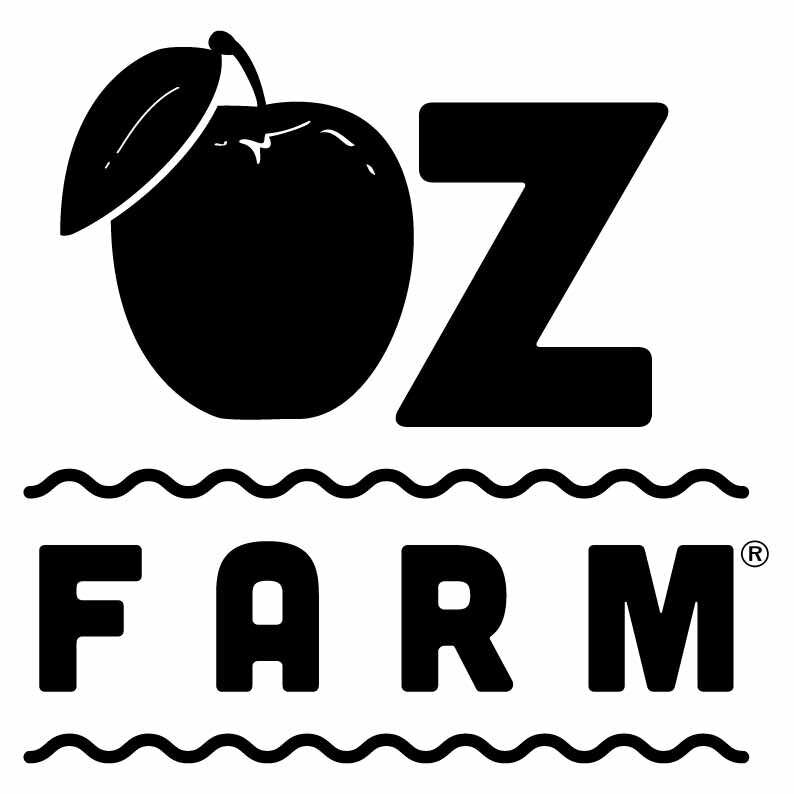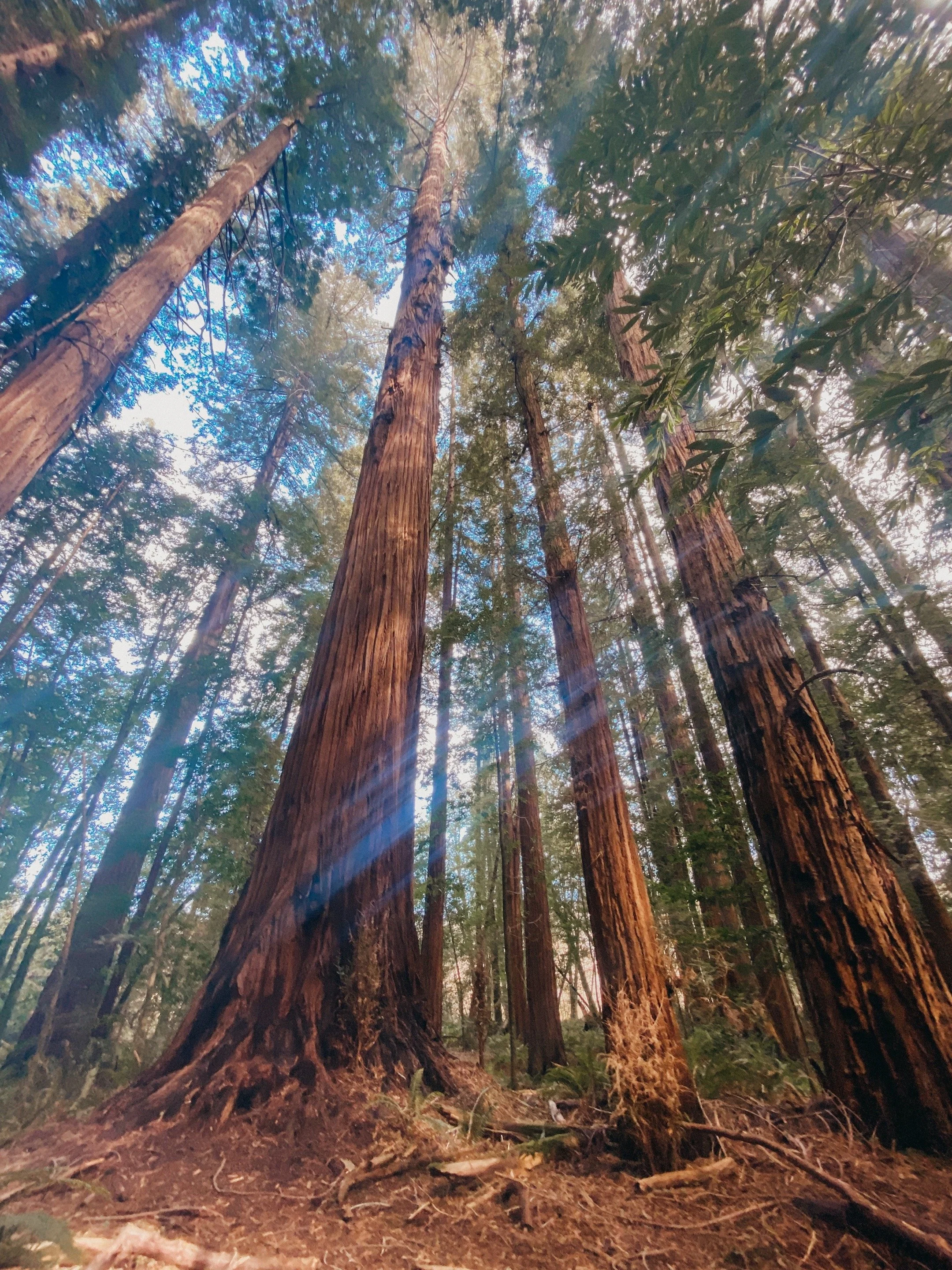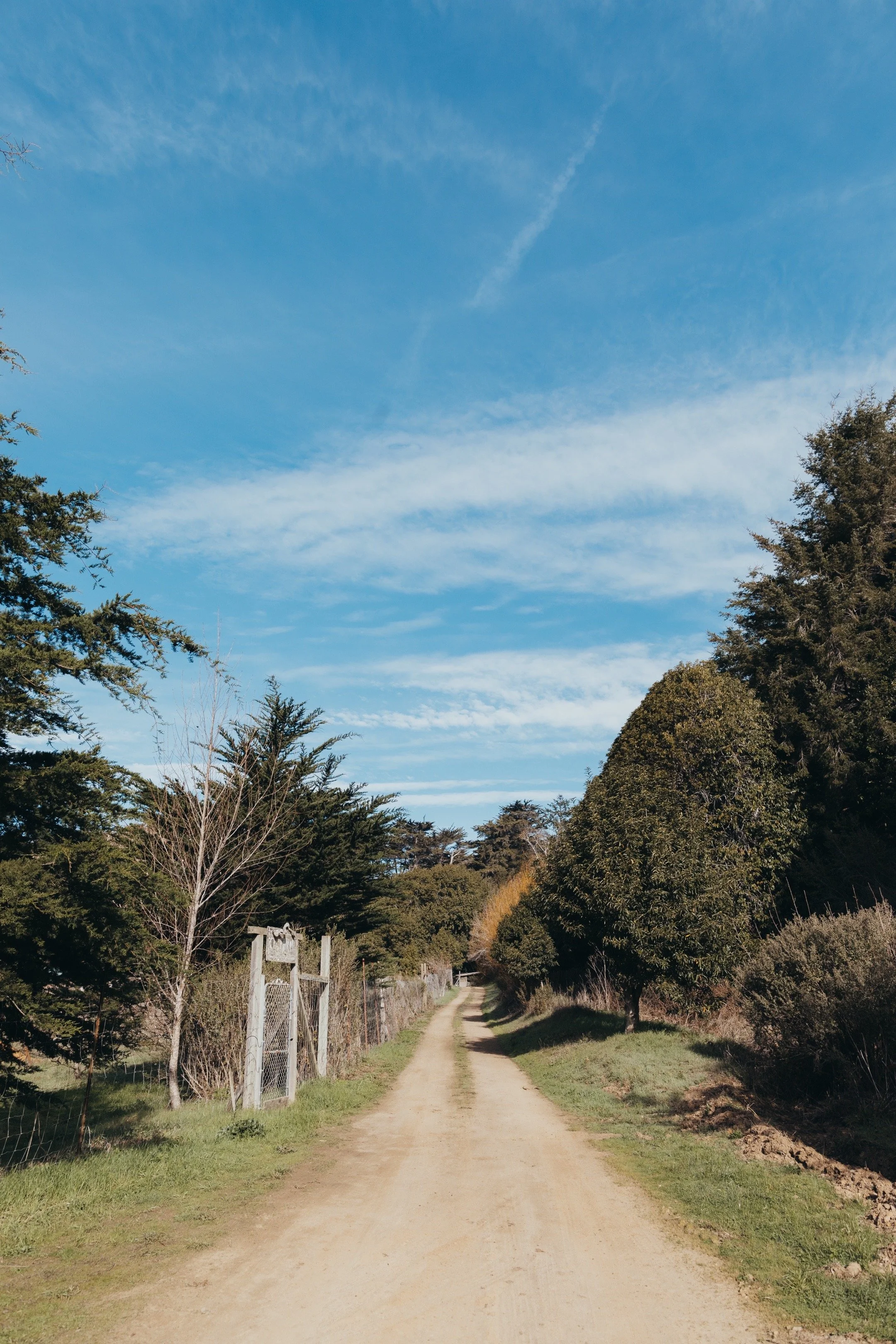Oz Farm land--240 acres of redwood forest and farmland along the lower Garcia River--is governed by a conservation easement that helps maintain a productive, mature redwood forest in a way that protects the environmental values of the watershed.
More than half of OZ Farm's 240 acres are made up of second growth Redwood and Fir forest, protected by a Conservation easement.
While the property still carries the name given to it when the original farm of the early 1900s became a commune in the 1970s, today it is managed as a working forest as well as an organic farm and retreat.
The terms of Oz Farm's conservation easement -which is held and administered by Pacific Forest Trust -dovetail with the standards of sustainable forest management set by the Forest Stewardship Council certification it has received. In addition to helping maintain a productive, mature redwood forest, the easement helps protect the very significant environmental values of the Garcia River watershed, home to threatened coho salmon and steelhead. Oz Farm also provides habitat for two federally protected species: the Point Arena
Mountain Beaver and the Northern Spotted Owl.
In 1997, we conducted our first logging operation under the authority of a state-approved Non-Industrial Timber Management Plan (NTMP). Our NTMP as well as the constraints imposed by an easement administered by Pacific Forest Trust permit us to cut timber at about half the rate the timber stand is growing so that the size and quality of the trees improve over time. In the fall of 2007, we completed our second Timber harvest, mostly in areas not harvested in 1997. We removed approximately 5% of the standing conifer inventory, which works out to a logging rate of one half of one percent per year, and is well below the 30% rate at which the stand grew in the past decade.
We are attempting to improve the stand, which had been entirely clear-cut at about the time of the First World War to convert the land into sheep grazing pasture. No old growth trees or other areas with particularly special characteristics were retained by this historic logging. We are slowly removing defective & suppressed trees, achieving better tree spacing, retaining broad, undisturbed riparian areas on either side of all streams, minimizing roads, replanting Redwoods as needed and improving the trail system for recreational purposes.
We are in compliance with the Garcia River TMDL, the long-term effort to restore the fishery of this river by reducing sediments and stream temperatures.
Within a couple of years of our first harvest in 1997, we were able to measure a renewed vitality and increased growth in the stand, improved wildlife habitat and overall appearance of the stand. Within the next few years, the stand is expected to take on characteristics of a late-seral stage forest, with larger and better spaced trees emerging. This will mean that we will be able to harvest fewer and higher quality trees in the future, thus lessening the impacts of logging operations, while providing improved wildlife habitat, water quality protection and recreational values.



